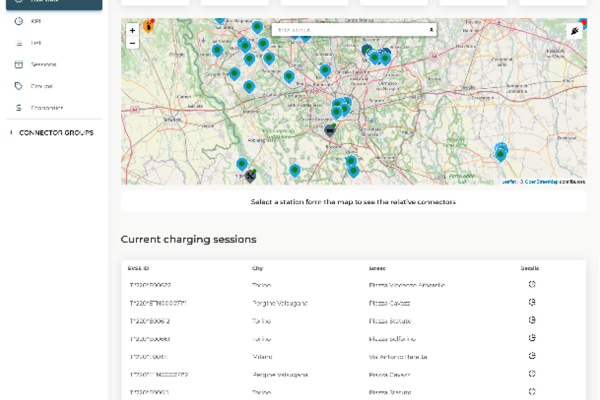CARS are a technological advancement that have made nearly everyone’s life easier, whether for
personal or business uses, street performance, or on a race track.
One important part of a car that will be addressed in this article is the clutch. A clutch comprises a pressure plate, throw-out bearing, and a clutch disc. A fully-fledged kit will contain springs, flywheel, linkage, and levers. Due to its importance, every car owner must know how to maintain a clutch.
Fortunately, having a clutch kit, which includes all the essential components you need to repair a clutch, contains the
parts that require replacement in the clutch of a manual transmission car. Take note that when you are buying clutch kits for your fleet, your selection will depend on the vehicle you have, along with how it will be used both now and in the future.
For your reference, below is a small fleet owner’s guide to clutch kits:
Types of clutch kits
There are several multi-disc and single-disc clutch kits. They include a multiple plate clutch,
which has various driving components and is ideal for motorcycles, racing cars, and locomotives.
If you have any of these vehicles, you can also opt for wet and dry clutches, centrifugal clutches,
torque limiters, cone clutches, and non-slip clutches.
In addition, performance-oriented clutch kits are meant to meet high-performance driving, like
towing and racing. They are suitable for boosting horsepower and for towing and moving heavy
loads. (1)
Stages of performance clutch kits
The stages of a performance clutch kit depend on power ratings, features, torque capacities, as
well as driving and use conditions.
· Stage 1 clutch kits are intended for road and drag racing, street, drift, autocross,
pulling, and rally
· Stage 2 is designed for pulling, drag racing, street, and autocross use
· Stage 3 is meant for race and streetcars
· Stage 4 is a good choice for drag racing, streetcars, autocross, and pulling use
· Stage 5 is ideal for drag racing and streetcars (2)
How to choose a clutch kit?
When choosing clutch kits for cars meant for personal use, consider aftermarket clutch kits with
OE parts, as they are usually cheaper than buying through a dealer. All OEM kits are tested to a
million cycles, making them ideal if you intend to keep the vehicle for a long period of time. (4)
For vehicles meant for commercial use or business, consider stage 2 or 3 clutch kits with
Carbotic or Kevlar buttons. For moderate to extensively modified cars, choose stage 4 or 5 kits.
Lastly, for unmodified trucks, go for stage 5. A stage 2 clutch kit is ideal for moderately
modified street performance cars, while stages 3 to 5 are ideal for highly modified vehicles.
When to replace a clutch kit
Now that you know how to choose a clutch kit, the next thing you should be aware of is knowing
when to replace your clutch kit. For your reference, here are some tell-tale signs that your clutch
kit needs replacement:
· Slipping clutch: A slipping clutch is when you apply excess engine power for a car
to move, hence it is associated with a lack of power
· Difficulty selecting gears: This is when you have to force a car into gear, and it
produces squeaking and rumbling noises
· Clutch pedal staying down when depressed: When you press the clutch pedal, and
it doesn’t go back to its position, it’s an indication of a problem with the slave
cylinder, release bearing, or master cylinder
· Replacement of the dual mass flywheels usually happens at the same time as the
traditional three-piece clutch kit (3)
Clutch kit replacement costs
The costs of clutch replacement vary based on the nature of the problem and the car’s model.
Consider conducting regular maintenance checks to extend your clutch’s lifespan.
Endnote
Instead of buying clutch parts, consider a clutch kit, as it helps reduce downtime if a part you
don’t have wears out. Conveniently, a standard kit should have a pressure plate, clutch disc, pilot
bearing, and clutch release bearing. Hopefully, this article has provided you with sufficient
knowledge about clutch kits for a small fleet owner.
References:
1. “What Is Clutch?: 8 Types Of Clutch, Functions, Working”, Source:
https://www.automobileinformer.com/what-is-clutch/
2. “The Five Stages Of SPEC Performance Clutches”, Source:
https://www.lsxmag.com/news/the-five-stages-of-spec-performance-clutches/
3. “When To Replace Your Clutch Plates: Warning Signs”, Source:
4. “How to choose the right clutch for your car or pickup”, Source:
https://www.phoenixfriction.com/t-How-to-Choose-a-Clutch.aspx








